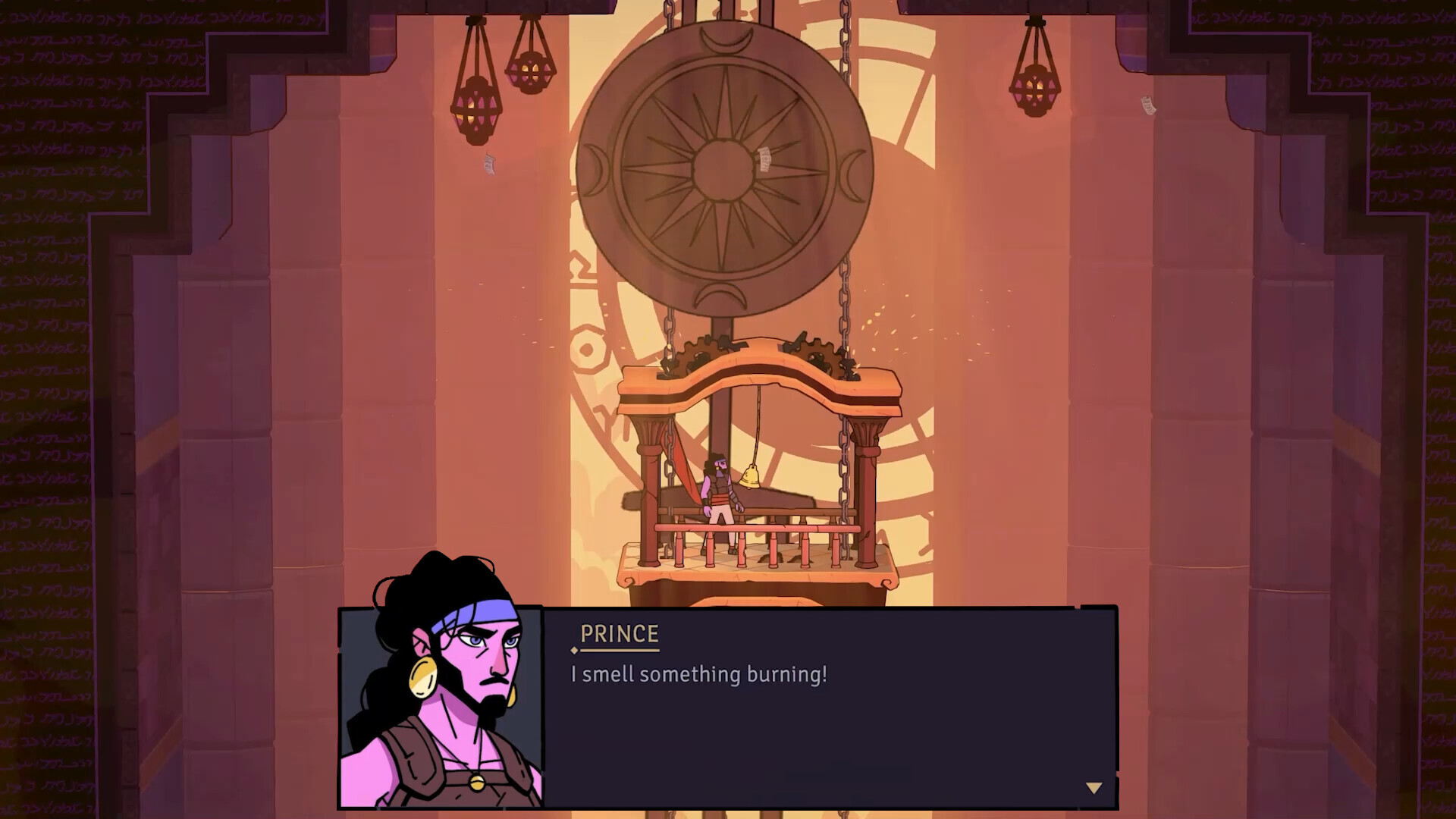As the Switch moves into the twilight years of an especially lengthy lifespan, Nintendo has increasingly turned toward remasters of its back catalog to fill out the release calendar. This is the context for Luigi’s Mansion 2 HD, a remastered version of a relatively recent 2013 release on 3DS. The sequel is a game that served as a sharpened, refined take on the ideas presented by the first Luigi’s Mansion–and laid the groundwork for the even better Luigi’s Mansion 3–so having access to that piece of the series’ history untethered from the 3DS makes it feel that much more valuable. While the recency makes it feel less essential than some remasters of older classics like Metroid Prime or Super Mario RPG, it’s still just as fun to solve puzzles, schlurp ghosts into your jerry-rigged vacuum cleaner, and enjoy some gentle scares along the way.
The original Luigi’s Mansion was a cute diversion-verging-on-tech-demo that helped cement Luigi’s personality as Mario’s skittish and reluctantly heroic brother. Drafted against his will to catch a bunch of ghosts, it was a kid-friendly take on Resident Evil by way of Ghostbusters–even down to the tank controls, puzzles, and interconnected mansion setting. Luigi’s Mansion 2, by comparison, swaps out the single environment for a series of different buildings that all reside in one extremely haunted neighborhood called Evershade Valley. That gives the game a more disconnected, mission-based feeling than both its earlier and later entries, in exchange for environments that present very differently from each other and allow for the feeling of themed haunted houses: an ancient tomb, a creaky old snow lodge, and so on.
The mission structure focused on single goals that take around 15-20 minutes to complete seems primed for portable play on 3DS–the game’s original platform–and that gives Luigi’s Mansion 2 a particular rhythm. It’s easy to pick up and digest a stage or two at a time but harder to get lost in for long stretches of time without feeling like you’re going through the same steps over and over. A typical mission has you exploring a particular section of the building you’re investigating, usually needing to locate some MacGuffin to unlock a section, sucking up a few scattered ghosts, and taking part in at least one arena-style fight against several ghosts. Rinse, repeat.
Continue Reading at GameSpot



